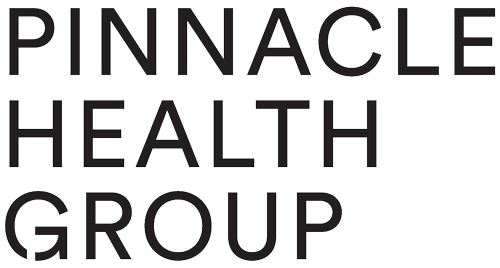With Women’s Health Week starting today, it is time to put your health first and start making positive changes one step at a time!
Hands up if you have been a “fashion victim” before. The term was formerly used to describe a shopper in thrall to the latest trend; but these days, the term applies more literally to the hordes of individuals who are taking a tumble in the name of fashion.
Lately, it would seem that stylish individuals are increasingly willing to risk life and limb by perching precariously atop a pair of skyscraper heels.
So What Do The Experts Say….?
Research published in the UK found consistent evidence linking high heel wear to an increased risk of bunions, musculoskeletal pain and injuries to the wearer. Some of these injuries included ankle fractures, dislocated knees, head injuries and broken wrists caused by falling from their towering shoes. These are now more prevalent than sports injuries, it would seem. As podiatrists, we have also seen “dramatic” increases in chronic injuries from the excessive wearing of extreme heels. Elsewhere, a US study established that women who regularly wear high heels may be at an increased risk of developing osteoarthritis of the knee.
So What Am I Doing To Myself….?
There are two distinct types of injury or damage that occur with the use of high heels. These are serious falls that may require a trip to the emergency department, and the plethora of non-traumatic injuries to knees, calves, ankles and feet.
Without proper support, the ankle and foot move in a turned-out position that weakens the support given to the ankle making it easier to sprain. Ankle sprains can cause pain and sometimes swelling because of soft tissue damage around the ankle. There are other risks too. The unnatural position of the foot when it is squashed into a shoe that is too narrow can also cause painful deformities such as a hammer or contracted toe, bunions and Morton’s neuromas.
In addition, the position that high heels force the wearer to adopt, with feet pointing downwards and pressure on the ball of the foot, can affect the posture. The natural S-curve shape of the back flattens and added strain is placed on back muscles, causing back pain. Knee and hip pain may result from the additional work required from these joints to compensate for the position of the foot. Ultimately, your ability to move your body forward may be noticeably reduced.
So What Can I Do…..?
If you find putting those heels away is something that is not a reality, then don’t despair – below are some easy adjustments and tips that will enable you to still wear your favourite pair of heels, but also be better to your body.
Tip 1
Don’t hang up your heels, just listen to your body. If you start to experience pain or tiredness when wearing your heels, swap into a different pair of shoes.
Tip 2
Try to keep the heels fewer than two inches for day-to-day wear. If you must go higher then wear them minimally. The higher the heel, the higher the risk. Alternating between heights is a good practical way to minimise the strain on your body but also reduce the likelihood of injury or accident.
Tip 3
Work those calf muscles. Maintaining good strength in your calves, performing daily calf stretching at least twice per day and keeping your core active and stable are easy ways to minimise the risk of injury.
Tip 4
Increase your surface area. Wedges and box heels are better options than stilettos, where the heel has a very small surface area.
Tip 5
Hug that heel. A backless or strapless heels is the type of shoe that you are more inclined to injure yourself whilst wearing.
Tip 6
If your heels give your pain, see a podiatrist!

